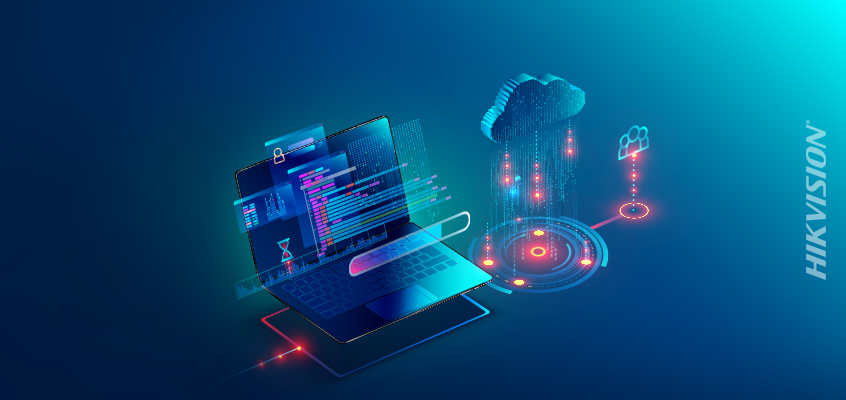New Report Outlines Five Cyber Factors Influencing Security Concerns

Cybersecurity Tips from Hikvision to Reduce Security Concerns
In “Five Factors Influencing the Cybersecurity Threat Landscape,” Security magazine outlines results from a recent Accenture report about the top influences impacting security concerns in the current business environment.
From the report: “In the face of growing cybercrime, there are few deterrents more effective than hitting attackers where it hurts most—in their own wallets. The more organizations invest in securing their networks and training their staff on how to safely navigate the digital workplace, the harder and more expensive it becomes for threat actors to disrupt or breach networks. … Far from being overwhelmed by hardening environments, threat actors are proving their confidence as chameleons. As threat actors face effective defenses to tried and tested attack vectors, they adapt and switch to try out new tactics, techniques and procedures (TTPs).”
Some of the key factors identified in the report include:
- Criminal networks are growing in resilience. The report suggests that cybercrime and financially motivated cyberattacks will continue to occur, while threat actors will also find new ways to infiltrate companies and networks with malware and other tactics.
- Ransomware, a type of malware, will grow in complexity such as company-wide deployments that will threaten business operations. “While the motives behind such an attack may appear to be financial, targeted ransomware attacks may at times serve hybrid motives, whether financial, ideological, or political. Regardless of motive, while the ransomware threat remains, organizations must ensure they take adequate measures to prepare, prevent, detect, respond, and contain a corporation-wide ransomware attack,” said the article.
- Organizations using cloud-hosted infrastructure will face heightened risk due to potential vulnerabilities. Ways to mitigate the threats are available, but often result in performance reduction.
Click here to read more.
Tips from Hikvision to Reduce Security Concerns
For tips to reduce security concerns, read this Hikvision blog. In it, our cybersecurity director Chuck Davis outlined use of defense in depth as a cyber-strategy and other advice : “Hikvision Cybersecurity Director Offers Tips to Reduce Cyberattacks and Security Concerns in Network Security, User Security and System Administration.”
Davis summarized the practice of defense in depth, an approach to manage risk using diverse defensive strategies that is based on the idea that multiple layers of defense will provide additional protection against a potential cyberattack. This includes network segmentation, which simply stated means splitting a network into separate networks that are isolated, not connected, and compromising one won’t compromise the others. For example, finance, human resources and security should each have dedicated networks.
“This is the way corporate networks are built, which is based on the principle of least privilege—this means only giving people or systems access to the resources that they need, and nothing more. This is effective for the obvious reason of keeping sensitive resources only accessible by those who need access, but it is also an effective means of compartmentalizing a network environment in case of cyberattack or malware infection,” said Davis, in the Hikvision article.
Tips from the article on how to improve network security include:
- Place devices behind firewalls to protect them from untrusted networks, such as the Internet.
- Network segmentation should be used to separate security networks from other networks (HR on one network, finance on another network, and security on yet another network).
- Where possible, use virtual private networks (VPN) to remotely connect to your secured network from the Internet.
The article also provides insights to protect passwords and IoT devices. Click here to read more.
